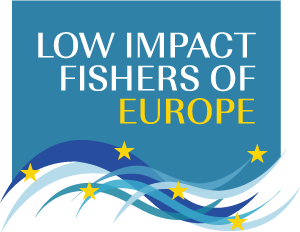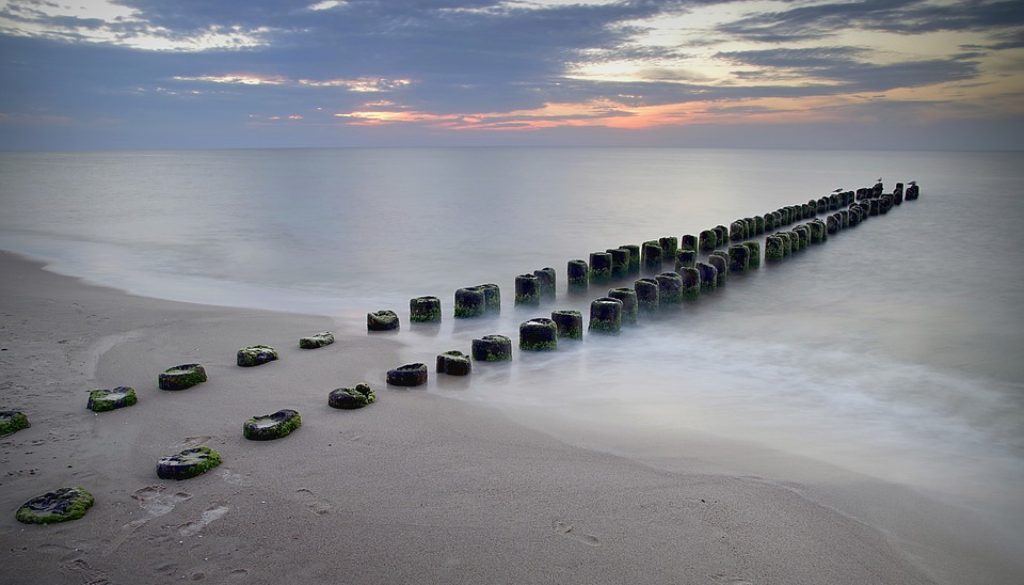Action Plan for Eastern Baltic cod stock
following the discussions on ICES advice for 2019
Warsaw, Monday 3rd of September 2018
Marcin Ruciński
The situation
The Eastern Baltic cod stock, for long the cornerstone stock supporting the livelihoods of many Baltic fishers, and a key element of the Baltic ecosystem, has been in a downward trend for about the last 5 years. This year, ICES’s stock size indicator is the lowest observed in the time series, and the TAC of 16.685 tons, less than a half of this year’s TAC, is advised for 2019 fishery.
The TAC decreases, applied since 2015, have not brought about any visible improvement of the situation. Indeed, the TAC has not been fully taken since 2011. The causes of the current situation lie both within and outside the fisheries sector.
- There is widespread but as yet informal knowledge within the sector that illegal mobile gear modifications (BACOMA, T90) are commonplace in the cod fishery. This is a response to the uneconomical, small rates of marketable large cod in catches, caused in turn by a truncated size structure of the stock. The causes of the truncated stock size structure should be better investigated.
- The practice described above has an obvious consequence of drastically increased discards, which ICES themselves point to in a number of annual advice papers. Their discard estimates range between 10 and 15%, with a hint that the numbers may be an underestimate, an issue of concern that LIFE has been bringing to managers’ attention since 2016. The more difficult access to gain observer data, observed by the scientists since the introduction of Landing Obligation in the Baltic since 2015, is a very worrying signal for the managers.
- The body condition of Eastern Baltic cod individuals has significantly decreased over the last years. There are a few causes for this, amongst which the relatively low abundance of sprat and herring, the main prey species for large cod, in sub-divisions 25-26 (where most cod occur), is of particular concern. Therefore, ICES have since 2014 been advising a spatial management plan to restrict the pelagic catches in the main area of cod occurrence. Furthermore, there is evidence[1] that the “skinny cod”, if provided with proper food, can quickly increase body condition, which i.a. makes it more resistant to seal-induced parasites.
- The spawning of Eastern Baltic cod is not optimally protected, especially in the Bornholm Deep, where the most significant spawning takes place. The coordinates of the spawning closure do not cover some of the most significant areas where spawning concentrations, eggs and larvae occur. Some fishers have, through their contacts with Members of European Parliament, tried to help managers address this situation a few years ago[2], to no avail however. There is science[3] supporting our view that spawning disturbance must be avoided for a successful recruitment.
- The Eastern cod stock is also significantly and negatively affected by a number of factors over which fisheries management has no or very limited influence and which cannot be addressed in this Action Plan. These include (and are not limited to):
- Strong increase in the grey seal population in the Central Baltic Sea, resulting in both direct predation and increased occurrence seal-induced parasites in cod, further compounding declines in body condition (see p. 3 above)
- Climate change resulting in a water temperature increase in the Baltic Sea;
- Lack of major saline and oxygenated water inflows from the North Sea since 2014;
- Unfavourable changes in the zoo- and phytoplankton structure;
- Underwater construction works, especially those undertaken in the Bornholm Deep – the main Eastern cod spawning area.
Elements of the Action Plan
- It is long overdue that the widespread illegal mobile gear modification practices leading to currently high, and largely unreported, level of cod discards, as well as the discards themselves, are properly dealt with by the competent control and inspection authorities with all available means (on-board observers, electronic surveillance, etc.). We have already extensively written about these matters[4]. Both must quickly come to an end! Almost 4 years after introducing the Landing Obligation in the Baltic, it is a sine-qua-non-condition for Baltic managers to retain their credibility.
Without stamping out the illegal gear modifications and discards, further TAC decreases (except a zero TAC which we do not support) will not bring about the expected results.
- It is high time that the long-standing ICES advice about a spatial management plan for pelagic fisheries be properly recognized by the managers. That said, LIFE would want to minimize the ensuing difficulties in implementing this measure for our pelagic fleet colleagues. Potentially, it could be applied seasonally, taking account of cod feeding and spawning patterns, to the largest fleet segments which, technically speaking, can easily reach the rich pelagic fishing grounds in the Northern Baltic. Quota bonuses could also be used in various ways to ensure that at least a good part of pelagic fishing effort moves North to release the much-needed sprat and herring for the cod – and is the better for it financially.
- LIFE puts many hopes in the ongoing ICES efforts to evaluate the applicable conservation measures for Eastern Baltic cod, in particular the spawning closures and other spawning protection measures (WKCONGA). The enhanced cod spawning protection, whilst not directly addressing the key question of the truncated size structure, can possibly help improve recruitment, thus minimizing the risk of stock collapse.
- LIFE would also encourage the managers and scientists to look deeper into the possible importance of recreational fishing on Eastern cod. This would be particularly relevant for its possible impact on the global fishing effort on the largest cod size cohorts in the stock.
- All the fishers negatively affected by the much-needed innovative management and conservation measures for the Eastern cod stock should have the possibility to access the EMFF funds to compensate any losses.
LIFE looks forward to discussing with DG Mare officials, directly concerned Member States, Members of the European Parliament and other stakeholders on how these measures can be incorporated concretely into the new framework for allocating fishing opportunities in the Baltic Sea in 2019 and the regional Technical Measures.
♦ ♦ ♦
[1] The initial results of a project led by SLU Aqua are accessible here https://www.slu.se/ew-nyheter/2018/6/stodutfodring-av-vildfangad-torsk-kan-ge-lonsammare-kustnara-yrkesfiske/
[2] Amendment 163 of the then-draft multispecies plan for the Baltic Sea, 2014, http://www.europarl.europa.eu/sides/getDoc.do?pubRef=-%2f%2fEP%2f%2fNONSGML%2bCOMPARL%2bPE-551.757%2b01%2bDOC%2bPDF%2bV0%2f%2fEN
[3] Van Overzee, Rijnsdorp, Effects of fishing during the spawning period: implications for sustainable management https://link.springer.com/article/10.1007/s11160-014-9370-x
[4] https://lifeplatform.eu/jeremy-percy-writes-danish-minister-karen-ellemann/




